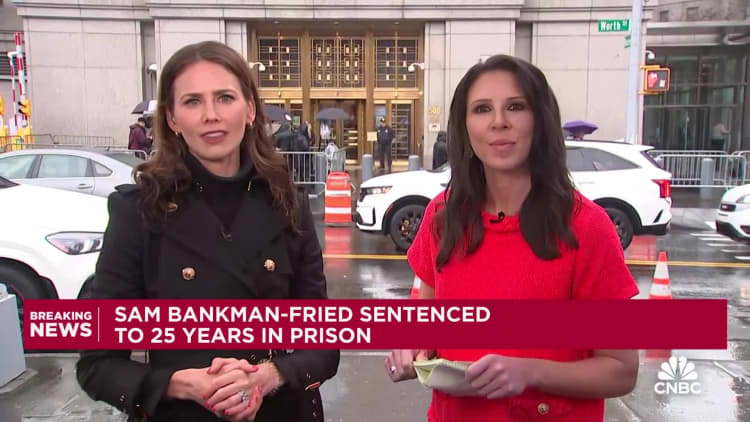NEW DELHI, INDIA – JANUARY 31: A view of Parliament House Building on the first day of the Budget session of Parliament on January 31, 2024 in New Delhi, India. (Photo by Ajay Aggarwal/Hindustan Times via Getty Images)
Hindustan Times | Hindustan Times | Getty Images
Indian government bonds reached a major milestone on Friday with their inclusion in JPMorgan’s emerging market government bond index.
But for some fixed-income investors it might be seen as more of a relief than an occasion to celebrate after a challenging few years for the asset class.
Take the broad L&G India Government Bond exchange-traded fund, for instance. The index has a total return of 4.08% this year, but that’s hiding the fact that these bonds have been underwater since their 2021 highs until May this year.
Anticipating the Wall Street bank’s decision, alongside Bloomberg’s move to include India in a similar index next year, markets have partly pushed up bond prices in 2024 despite the risks of inflation reigniting. About $20 billion to $40 billion is now expected to flow into the country, chasing limited supply.
While these moves by big Wall Street institutions might be lucrative for investors today, it’s likely to dampen their returns over the longer term.
After all, as bond prices rise their yields fall. The days of being paid between 8% to 10% to invest in such securities might be truly numbered. Over the past few weeks, yields have hovered around the 7% mark.
And that’s also what India’s government will be hoping for.
Why? The lower yields will help the government borrow at cheaper rates and more sustainably grow its economy. It will also help widen its creditor base.
Today, state banks in India are among the largest investors in government bonds. Having another funding source lowers the risk of a liquidity crisis in the banking sector spilling into the bond market.
That should also push the banking sector to lend to more productive parts of the economy and drive growth.
Hugo Thompson, a multi-asset investment specialist at HSBC Asset Management, believes that if inflation heads back lower and the central bank cuts rates, it could be another “attractive shorter-term opportunity” for bond investors.
“Over the medium term, we believe the Indian economy will be supported by its large and growing middle class, an increase in foreign direct investment (FDI) as global companies look to diversify their supply chains, and the inclusion of Indian securities in popular fixed income indices,” Thompson told CNBC earlier this year when JPMorgan announced plans to include India in its emerging bond index.
But this “Goldilocks” scenario is also likely to end there.
When the Indian government opens up to foreign investors in a bigger way, it’ll also be required to address these investors needs from time to time. The need to strengthen the central bank’s independence to tame inflation will likely be top of the wish list for the bond market.
Bringing the government’s budget deficit, which stood at 5.8% in the latest financial year, under control might be another.
With a little bit of give and take, it could be a win-win for both parties.
Credit: Source link














